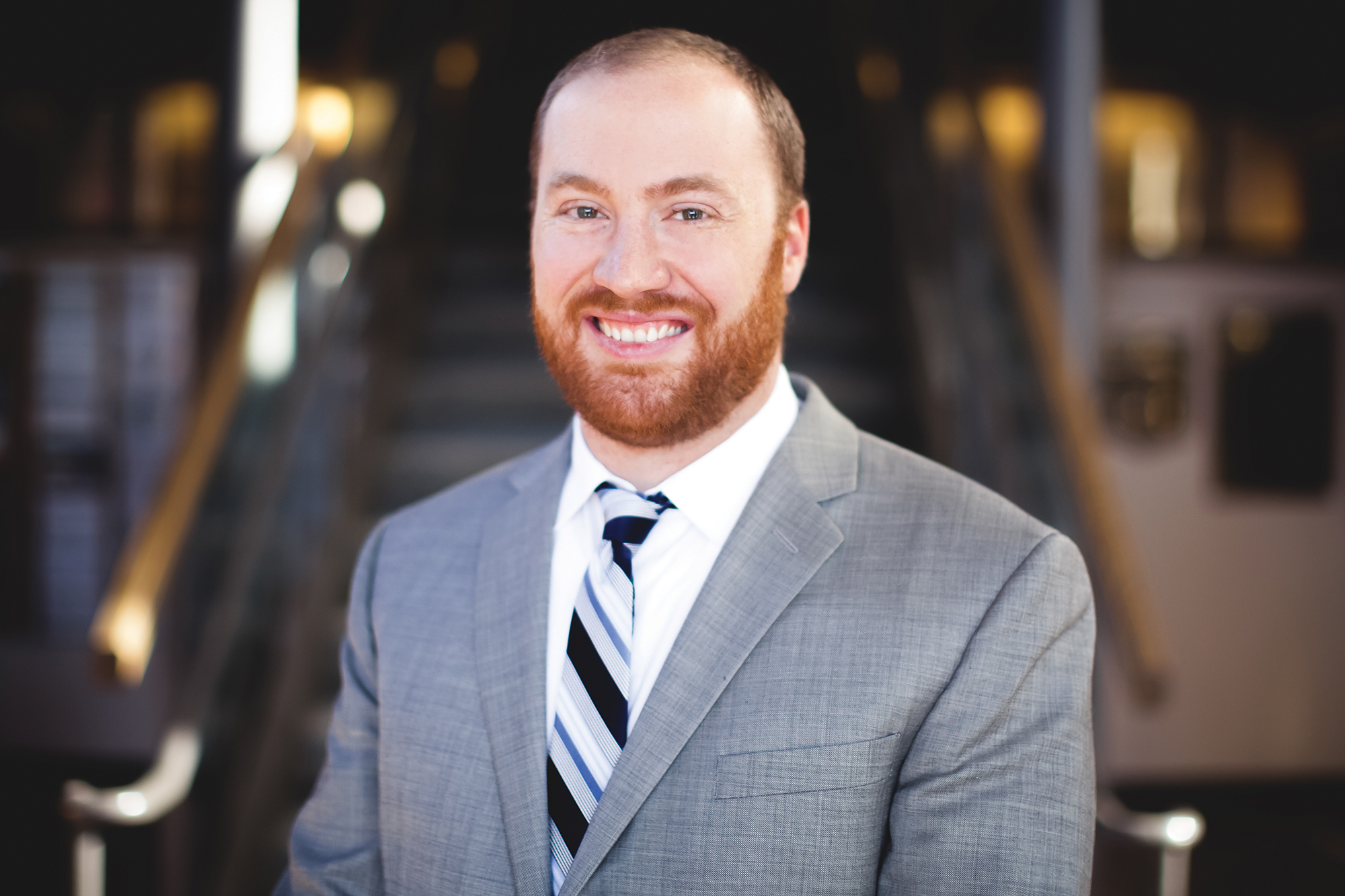Foes of school choice in DougCo rest their case on an odious policy with a dark history

Debate surrounding state constitutional “Blaine Amendments,” which prohibit government aid to “sectarian” institutions, has reached a crescendo as a result of the high-profile school board race in Douglas County. As deeply consequential litigation over Blaine Amendments and parental choice hangs in the balance between two opposing slates of school board candidates, some anti-choice interest groups have sought to obscure the facts of the current legal debate on the subject and gloss over the hateful history of the language they seek to preserve. Clarity is needed.
Readers should first note that nonpublic parental choice has been constitutional under the U.S. Constitution for nearly two decades. While many modern opponents of parental choice have euphemized Blaine Amendments’ language to stand for the “separation of church and state,” this concept is widely misinterpreted. The U.S. Supreme Court has consistently held that government’s responsibility toward religion is one of neutrality, not absolute separation.
In Zelman v. Simmons-Harris (2002), the high court held that nonpublic school choice programs are permissible under the First Amendment because they provide aid to parents who then make independent, governmentally neutral decisions about where to use that aid. Other state supreme courts have applied similar logic in cases involving parental choice.
Despite this jurisprudence, a group called Taxpayers for Public Education in 2011 initiated high-profile litigation against Douglas County’s Choice Scholarship Program, which would have allowed up to 500 students to attend nonpublic schools, including nonpublic faith-based schools. TFPE’s challenge relied in large part on Colorado’s Blaine Amendment.
TFPE prevailed at the Colorado Supreme Court in 2015. However, the U.S. Supreme Court recently vacated that decision and ordered the state court to reconsider the case in light of the 2017 Trinity Lutheran v. Comer ruling, which held in part that excluding a church “from a public benefit for which it is otherwise qualified, solely because it is a church, is odious to our Constitution… and cannot stand.”
Trinity Lutheran hints that TFPE’s litigation may be heading toward an ironic outcome. Instead of outlawing parental choice programs, the courts appear ready to rule Blaine Amendments themselves unconstitutional. Apparently reading these tea leaves, TFPE now seeks to end the suit before such a conclusion can be reached.
Whatever happens with the case, the fact remains that no amount of legal or political maneuvering can erase Blaine Amendments’ deep roots in a history of hate, discrimination, and religious suppression.
Public education in early America was envisioned as a way to inculcate the kinds of moral virtues-virtues then seen as inseparable from religious teachings-needed to maintain a healthy republic. As a result, religion permeated early American public schools. Students recited Protestant prayers, sang hymns, and read from the King James Bible. Early “no-aid” clauses, which closely mirrored later Blaine Amendments, sought to mitigate conflict in these environments by suppressing denominational Protestant beliefs and enforcing an early version of nondenominational Christianity.
Protestant hegemony in public schools forced the large numbers of Catholic immigrants who arrived on American shores in the mid-1800s to make a stark choice: Bow to religious practices they found anathema to their faith, or forfeit their access to education. According to historian Doris Kearns Goodwin, early public schools’ “virulently anti-Catholic curriculum frightened immigrants away, dooming vast numbers to illiteracy, poverty, and vice.”
Subsequent Catholic efforts to secure public funding for their own parochial schools led to America’s earliest school choice battles. In the 1840s, New York Governor William H. Seward’s attempts to fund parochial schools met with political backlash so severe that it likely cost him the Republican presidential nomination in 1860 – a nomination won instead by an Illinois lawyer named Abraham Lincoln.
In 1844, anti-Catholic sentiment boiled over into Philadelphia’s Nativist Riots, which left dozens dead or injured and saw Catholic homes and convents looted and burned. It was an open secret during this period of upheaval that the word “sectarian” had come to mean “Catholic.”
Republican President Ulysses S. Grant’s 1875 call for a permanent prohibition on aid to “sectarian” schools was an unambiguous attempt to harness these hateful currents ahead of looming 1876 elections against increasingly powerful Democrats in the reconstructed South. For his part, Congressman James G. Blaine sought to use rampant anti-Catholic sentiment to secure the 1876 Republican presidential nomination. These machinations resulted in a failed bid to amend the U.S. Constitution – the amendment for which modern Blaine Amendments are named.
Colorado’s 1875-1876 constitutional convention took place nearly simultaneously with Blaine’s gambit. Despite implications to the contrary, anti-Catholic animus was very likely part of the convention’s decision to adopt Colorado’s own Blaine Amendment. Colorado had previously been denied statehood, and convention delegates likely knew the potential consequences of pushing back against Republican political strategy ahead of the 1876 election. The Rocky Mountain News added fuel to the fire in early 1876 by accusing “a certain church” of seeking to “lay our vigorous young republic, bound with the iron fetters of superstition at the feet of a foreign despot, the declared foe of intellectual liberty and human progress.”
The Blaine story should not be sugarcoated. And if TFPE and other groups are so certain they are on the right side of history when it comes to these hateful relics of a darker time, they should see the legal fight they started through to conclusion.













